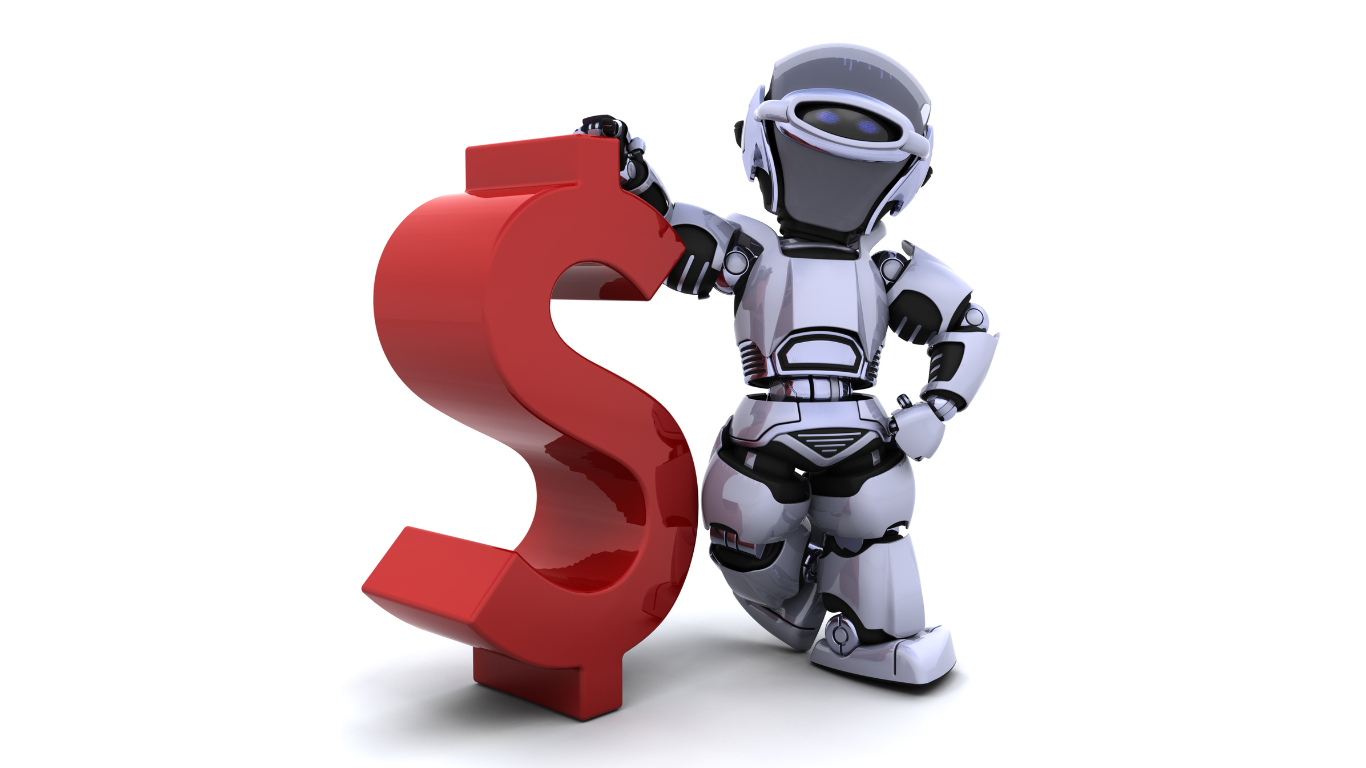In the ever-evolving financial landscape, the advent of trading bots has revolutionized the way traders navigate the markets. These software programs, powered by algorithms, automate trading decisions, promising efficiency, precision, and the potential to maximize profits.

Image: www.worldbusinessoutlook.com
Gone are the days when traders meticulously monitored charts and executed trades manually. Today, trading bots stand as sentinels, tirelessly analyzing market data, identifying trading opportunities, and executing trades based on predefined parameters. By leveraging real-time market data, these sophisticated programs can capitalize on market fluctuations with unmatched speed and accuracy.
Understanding Trading Bots
At their core, trading bots are computer programs designed to automate trading strategies. They utilize a set of predefined rules or algorithms to make decisions about when to buy or sell assets in financial markets.
Traders can customize trading bots to suit their individual trading styles and risk tolerance. By programming the bot with specific parameters, such as entry and exit signals, profit targets, and stop-loss levels, traders can automate their trading strategies and minimize the impact of emotions on decision-making.
Exploring the Benefits of Trading Bots
The benefits of using trading bots in financial markets are manifold. These automated trading systems offer:
- Increased Efficiency: Trading bots eliminate the need for constant market monitoring by traders, saving them valuable time and effort.
- Precision: Algorithms governing trading bots execute trades based on predefined conditions, removing the potential for human error or emotional biases.
- Diversification: Trading bots can simultaneously trade multiple markets or assets, broadening a trader’s portfolio and potentially reducing risk.
Building a Trading Bot from Scratch
Crafting a trading bot from inception requires a multifaceted approach, encompassing programming expertise, a solid understanding of trading strategies, and a disciplined mindset. Here’s a step-by-step guide to help you get started:
- Choose a programming language: Python and C++ are popular languages for trading bot development.
- Define your trading strategy: Determine the specific criteria and rules that the bot will follow.
- Develop the trading bot: Code your algorithm according to the defined trading strategy.
- Backtest the bot: Simulate the bot’s performance using historical data to identify any weaknesses or areas for improvement.
- Deploy the bot: Connect the bot to the exchange or market where it will execute trades.
- AI-powered trading bots: Artificial intelligence will further enhance the decision-making capabilities of trading bots.
- Blockchain-based trading bots: Integration with blockchain technology is expected to improve transparency and security in the trading bot domain.
- Cloud-based trading bots: Cloud services offer scalability and reduced infrastructure costs for trading bot deployment.
- Understand the markets: Familiarize yourself with the specific markets or assets you intend to trade.
- Test thoroughly: Extensive backtesting is crucial to identify and rectify any potential issues before deploying the bot.
- Monitor and adjust: Regularly monitor the performance of the bot and make necessary adjustments to optimize its strategy over time.
Image: medium.com
Navigating the Evolving Trading Landscape
The world of trading bots continues to evolve rapidly. Industry experts forecast the following trends shaping the future:
Best Practices for Trading Bot Development
To maximize the effectiveness of trading bots, adhere to these expert tips:
Frequently Asked Questions (FAQs)
Q: Are trading bots legal?
A: Yes, trading bots are generally legal as long as they do not violate exchange rules or engage in illegal activities.
Q: How much money can I make using trading bots?
A: The potential earnings from trading bots vary significantly depending on the strategy, market conditions, and risk tolerance.
Q: Can trading bots trade on any financial market?
A: Trading bots can be customized to trade various assets, including stocks, forex, and cryptocurrencies.
Building A Trading Bot
Conclusion
Building trading bots presents a powerful opportunity to enhance trading efficiency, precision, and potential profits. By understanding trading strategies, leveraging technology, and following best practices, individuals can create automated trading systems that align with their financial goals. Whether you’re a seasoned trader or just starting your journey, embracing trading bots is a transformative step towards navigating the ever-changing financial landscape.
Call to Action:
Are you intrigued by the possibilities that trading bots offer? Join a community of traders and experts to delve into the world of algorithmic trading. Share your insights, explore trading strategies, and harness the power of technology to maximize your trading potential.






